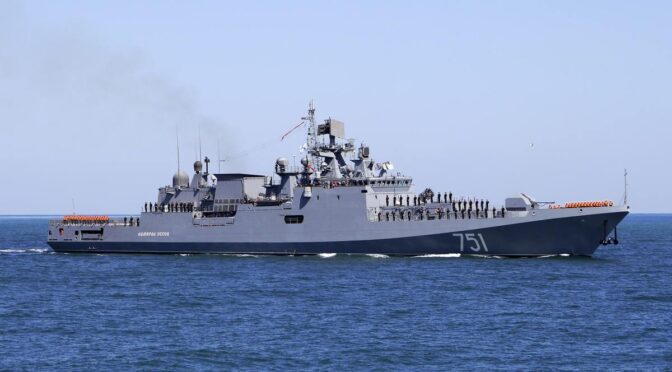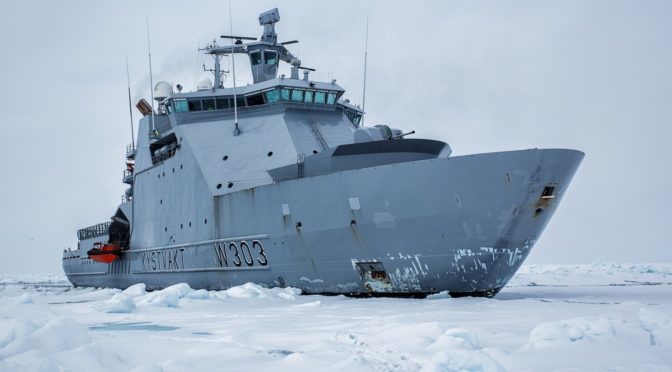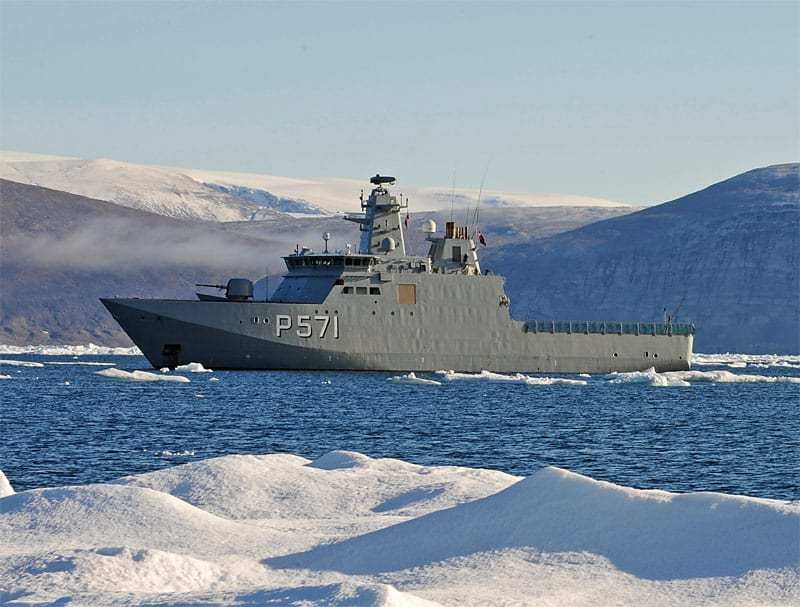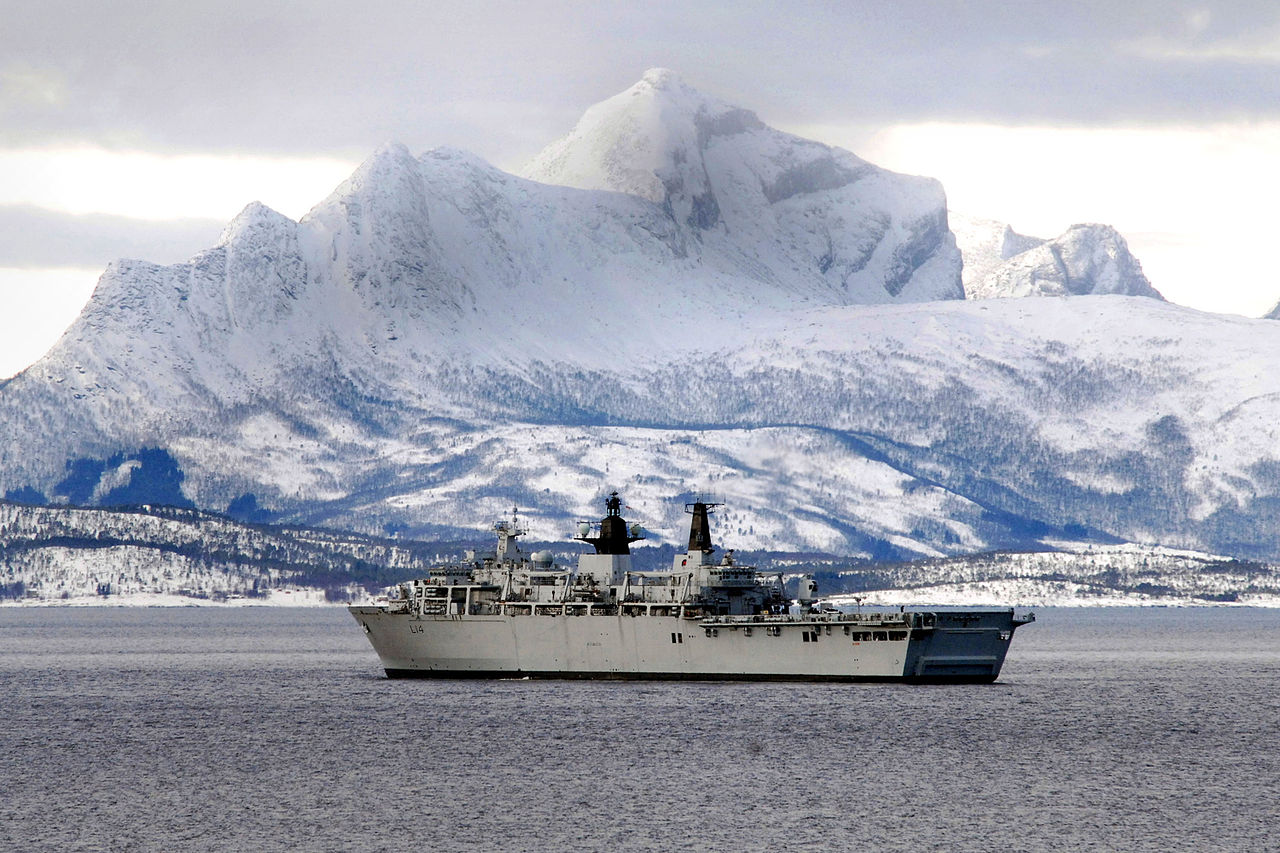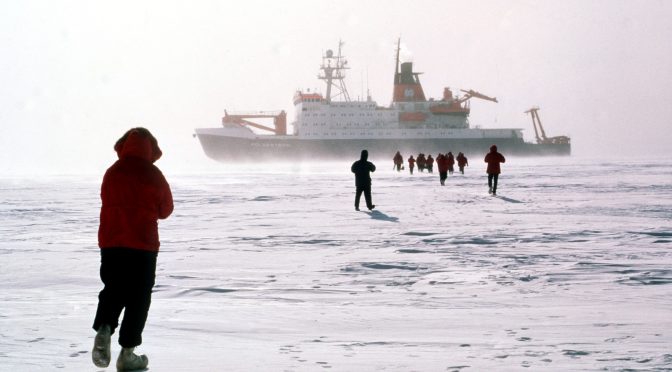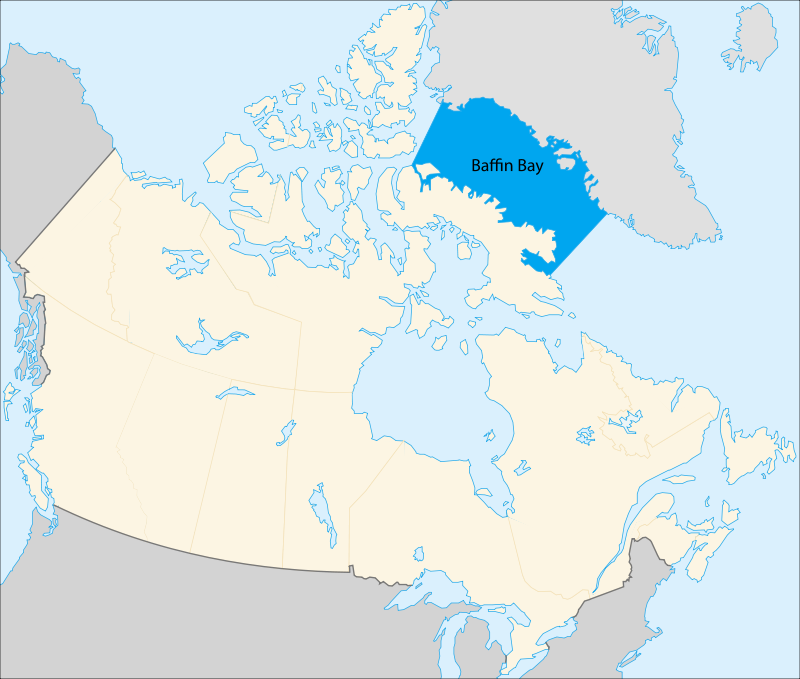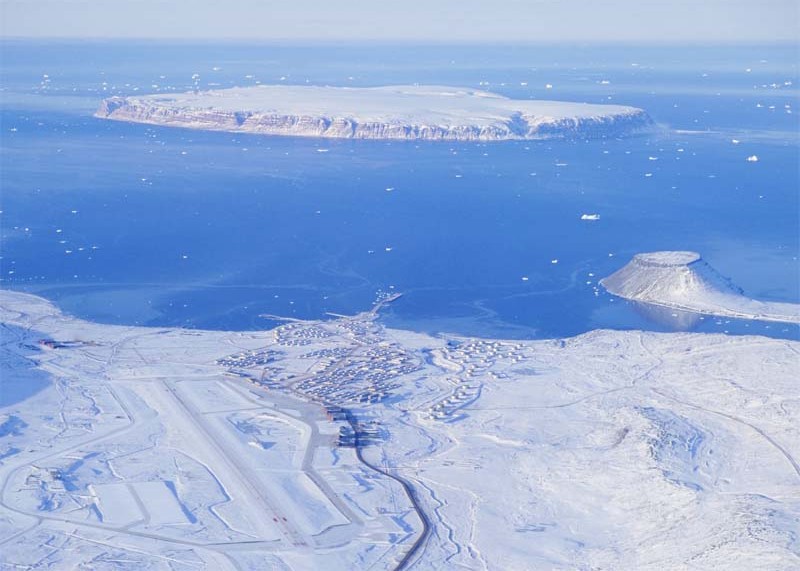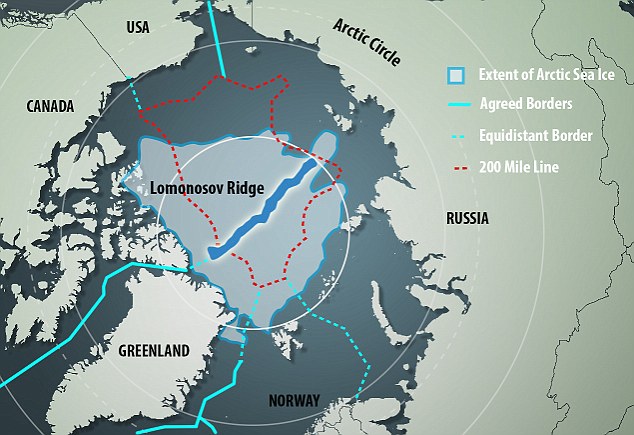By Olga R. Chiriac
On July 31, 2022, Russian Navy Day, Russian President Vladimir Putin announced the approval of the new Maritime Doctrine of the Russian Federation in a speech given during a parade at the Kronstadt naval base. To be fully understood, the doctrine must be put into a much broader, global context, factoring in the historical timeline, internal dynamics, especially the general direction of Russian foreign policy and the vertical power structure of the Russian state.
The new doctrine replaced a previous document from 2015 that was published after the Russian annexation of Crimea and is strikingly different in content and tone. A notable difference is that the new version has a more dominant socio-economic dimension. It is important to analyze the doctrine from a Russian vantage point, one that understands it as “a strategic planning document that reflects the totality of official views on the national maritime policy of the Russian Federation and maritime activities of the Russian Federation” and not to zoom in too much on the “why,” which quickly devolves into guesswork. The essence of the new doctrine is communicating Russian national interest as it is conceptualized by Russian leadership.
Total “Hybrid War” with the West and Multipolarity
At the macro level and through a great power politics perspective, the new Russian maritime doctrine confirms that Russia considers itself in direct confrontation with the West or a “total hybrid war with the Collective West.” The new document is meant to be analyzed in concert with the 2021 National Security Strategy of the Russian Federation, where Russia declared that it was “effectively resisting attempts at external pressure” and defending its “internal unity” and “sovereign statehood.” The same Security Strategy confirms that Russia is taking a leading role in “the formation of new architecture, rules and principles of the world order.” In August 2022, Russian Defense Minister, General Sergei Shoigu, spoke at the opening of the Moscow Conference on International Security. Among other important points that he made, one referred specifically to the confrontation with the West: “The Western world order divides the world into “democratic partners” and “authoritarian regimes, against which any measures of influence are allowed.” General Shoigu was repeating a common belief/narrative in Russia, specifically that “the start of a special military operation in Ukraine marked the end of the unipolar world.” This assertion is in line with a much broader dimension of Russian foreign policy, one meant to dilute US influence and power and to redesign security arrangements for a multipolar world. Minister Shoigu underscored how Russia is at war not only with Ukraine, but with the West: “In Ukraine, Russian military personnel are confronted by the combined forces of the West, which control the leadership of this country in a hybrid war against Russia.” The new maritime doctrine reflects this view that the global order is no longer unipolar and that Russia is in a hybrid war with the “collective West” making it ever more important to analyze the doctrine from a Russian vantage point.
Redesigning Borders on Land and at Sea
The recent change in the tone of both speeches from Russian officials and official documents is clear: the Russian Federation believes it is in the business of redesigning borders, both on land and at sea. President Putin himself declared: “We have openly marked the borders and zones of Russia’s national interests.” The international community has or should have known this for decades, as the Russian tactic of using “separatists” to rewrite national borders started in the Republic of Moldova back in 1992 when the Russian backed “rebels” initiated a war with Chisinau and the Moldavian people. It happened again in 2008 with the Russo-Georgian War, and in 2014 when Russia invaded Ukraine the first time. The Maritime Doctrine touches on this and all the references are directly correlated to the maritime rules-based order. A conviction that great powers are entitled to redrafting borders and having zones of influence is prevalent in Russian official discourse as well as public opinion. The Helsinki Accords are often cited as a basis for “the division of spheres of influence between the USSR and the United States, with the recognition of existing borders, both formal (national) and informal (political),“ with the Russian Federation supposedly being understood as the inheritor of the USSR’s spheres of influence.
Russia’s top two “national interests” listed in the doctrine are: independence, state and territorial integrity of the Russian Federation, the inviolability of the country’s sovereignty, which extends to the internal sea waters, territorial sea, their bottom and subsoil, as well as to the airspace above them and ensuring the sovereign rights and jurisdiction of the Russian Federation in the exclusive economic zone and on the continental shelf. The geopolitical position of the Russian Federation and its role in world politics (Russian elites strongly favor a multipolar order) are closely tied to international maritime law. Changing or challenging borders at sea has been slowly happening and it directly threatens the integrity of maritime regimes and treaties, including UNCLOS. The annexation of Crimea is the most relevant example. By illegally seizing Ukrainian territory, Russia also changed maritime borders and created new EEZs and territorial waters. This directly affects all regions covered by the new doctrine: from the Arctic and its Northern Sea Route to the Black Sea and the blockade of Azov or the “fluid” EEZs and territorial waters of the Russian Federation. International law is essentially what states make of it and by claiming Crimea, Moscow challenged the existing legal framework.
The doctrine is very specific about which areas Russia considers zones of “vital interest.” For example, it prioritizes: “fixing its external border in accordance with Article 76 of the United Nations Convention on the Law of the Sea of 10 December 1982.” Member of the State Duma Artur Chilingarov eloquently synthesized the essence of said “fixing” in 2007: “The Arctic is Russian.” Russia’s proposal to extend the continental shelf in the Arctic Ocean is another example of “fixing borders.” Professor Chilingarov reference to the Arctic carries even more weight due to his extensive knowledges and experience in the Arctic. Artur Chilingarov, led several expeditions to the Arctic and is special Presidential Representative for international cooperation in the Arctic and Antarctica.
There already have been numerous events and incidents which have plagued the security of maritime regimes and there are major open legal cases addressing said violations: the International Court of Justice in the Hague and Ukraine v. Russia (re Crimea) (dec.) [GC] – 20958/14 address the annexation of Crimea and the city of Sevastopol, at the International Tribunal for the Law of the Sea in Hamburg Case No. 26 concerning the detention of three Ukrainian naval vessels by the Russian Federation is on the roll, and the International Court of Arbitration at the Chamber of Commerce in Stockholm handles the Dispute Concerning Coastal State Rights in the Black Sea, Sea of Azov, and Kerch Strait. Essentially all these tribunals are now discussing Ukraine’s valid complaints vis-à-vis a Russian encroaching on Ukrainian territory, territorial waters, or continental shelf.
Socio-Economic Focus and “Mobilization”
In their coverage of the new maritime doctrine, Western press has focused on the NATO mentions and the paragraph which singles out the Alliance, particularly the United States, as the main threat to the Russian Federation. Nevertheless, there are numerous and very significant non-militaristic changes as compared to the 2015 document. Notably, the 2022 doctrine emphasizes the socio-economic and scientific-technological components of maritime security.
The 2022 doctrine contains a marked focus on maritime activities aimed at “ensuring Russia’s economic independence and food security” to protect Russian national interest. Ports and maritime infrastructure play an important role in the new doctrine. There are plans to create new transport and logistics centers on the basis of Russian seaports that can handle “the entire volume of sea exports and imports of the Russian Federation.” Furthermore, the doctrine voices concern about the lack of naval bases located outside of Russia, as well as an inferior number of vessels, both military and commercial, under the Russian state flag. The doctrine establishes goals to form marine economic centers of national and interregional purpose in what the document calls “zones of advanced development” (Crimea, Black Sea-Kuban, and Azov-Don). A great deal of emphasis is put on the development of Russian merchant and transport fleets as well as “non-military and civil fleets.” The doctrine encourages an increase in the number of Russian-flagged vessels, but does not give any sort of indication as to how this will be achieved specifically.
The 2022 Maritime Doctrine attaches particular strategic importance to the development of offshore pipeline systems for the transportation of hydrocarbons, including those produced on the continental shelf of the Russian Federation. An important change both from an economic perspective and from a maritime law perspective, given that several areas are in international litigation and illegally occupied. In comparison with the 2015 Maritime Doctrine, the development of offshore pipeline systems is singled out as an independent functional direction of the national maritime policy of the Russian Federation. In the same ranking for functional directions, naval activities are ranked last (fifth). Energy infrastructure in the Federation is under the control of state-owned companies, and we have yet to understand the scope of Russian Maritime “specialized fleets.”
Finally, in this socio-economic direction, an interesting point is the repetitive mention of “mobilization training and mobilization readiness in the field of maritime activities.” The reference is not specific when it refers to vessels. It can be assumed that this will make it possible to introduce civilian vessels and crews into the Russian Navy, and ensure the functioning of maritime infrastructure in wartime. The doctrine is however very specific by region, for instance, it calls for further development of the forces (troops), as well as the basing system of the Baltic Fleet. In the Black Sea, the doctrine specifically declares the intention to address the “international legal regulation of the regime and procedure for using the Kerch Strait.”
The socio-economic direction is an important change in the new document, but it should not come as a surprise. The changes further subordinate other elements of Russian maritime power into a legal framework. This is very important when interpreting Russian maritime documents: the overreaching security strategy and Russian strategic thinking and political culture have a vertical power structure where maritime or energy assets are instruments of power first and foremost and economic/civilian ones second. And the doctrine underscores the primacy of Russian law over any other international legal arrangements.
Regional Directions: NATO, the Arctic, the Black Sea, and the Russian Far East
The new doctrine was approved by the Russian President “in order to ensure the implementation of the national maritime policy of the Russian Federation,” and it serves as a compass for “maritime activities” in the “regions” of strategic interest. The main regional directions of the national maritime policy of the Russian Federation are the Atlantic, Arctic, Pacific, Caspian, Indian Ocean, and Antarctic directions. The regional directions have shifted in priority compared to the 2015 doctrine. Put into the wider context of overall Russian foreign policy, it does not mean that the Black Sea is less important than the Arctic, but that the global security situation requires regional solutions fitted to regional specificities. For Russia, the Black Sea is already a theater of war, while the Arctic presents both opportunity for cooperation and the potential for further escalation. In both regions, Western strategists must re-conceptualize their approach to Russia in order to remain relevant and to produce effective results.
In the Atlantic region, the new Russian maritime policy is now “focused only on the North Atlantic Treaty Organization (NATO), as well as the imperfection of legal mechanisms for ensuring international security.” Considering the structure of Russian maritime forces, what this means for NATO is that it must take into account how to balance its mandate of military-political alliance with the task at hand. Clearly there will be a need for a more innovative operational approach. The United States will have to take on more leadership in the European maritime space and support allied navies in the Black Sea to modernize fleets with interoperable equipment. If in the Baltic Sea the military balance is quite favorable to the Alliance, especially after the accession of Sweden and Finland, then the Black Sea becomes more vulnerable.
The Russian Federation is the largest country by land mass spanning over 16,376,870.0 km² in both Europe and Asia. However, this landmass is connected to the broader maritime world in only four places, including the Pacific on the Sea of Japan at Vladivostok, in the Baltic at Saint Petersburg, the Barents Sea through Murmansk, and in the Black Sea through the Crimean Peninsula. Russia has many other ports, however none of them are ice-free warm-water ports, and therefore they require expensive procedures during the infamous Russian winter in order to keep them operational. Russia needs warm water ports year-round for military operations as well as commerce. This is addressed in the new document and a lot of emphasis is put on the development of the Northern Sea Route. Russia is looking to comprehensively develop the Northern Sea Route in order to turn it into a safe, year-round trade route, competitive with other routes from Asia to Europe. In an interview in June, Deputy Prime Minister and Presidential Representative to the Far East, Yury Trutnev, declared that he saw year-round navigation through the Northern Sea Route as a real possibility by 2024.
Russian internal dynamics have always had a tension between areas of progress and modernization and isolated portions of land and peoples left behind by development. Using maritime development to help overcome the economic and infrastructural isolation of the Russian Far East from the industrially developed regions of the Russian Federation is named as a priority in the doctrine. Establishing sustainable sea (river), air and rail links with cities and towns in Siberia and the European part of the Russian Federation, including the development of the Northern Sea Route would significantly improve the connection between the rest of Russia and the Far East. The doctrine is actually quite ambitious in this regard, it talks about developing “a modern high-tech shipbuilding complex in the Far East, designed for the construction of large-capacity vessels, including for the development of the Arctic and aircraft carriers for the Navy.”
The doctrine also looks to the Arctic with a focus on maintaining global leadership in the construction and operation of nuclear icebreakers, an area where the United States is already playing catchup. The doctrine also asserts Russia’s belief in the “the immutability of the historically established international legal regime of inland sea waters in the Arctic regions and the straits of the Northern Sea Route” and “control of the naval activities of foreign states in the waters of the Northern Sea Route.”
Conclusion
The 2015 Russian maritime doctrine was rightfully perceived as a “showy demonstrations of strength,” but the new version presents a very different image. If properly analyzed, it is obvious Russia still considers itself a great power, including in the maritime space, yet is more self-aware of its shortcomings, both in the maritime domain and beyond. In the previous doctrine, Russia was declaring itself to be the word’s second-best navy, now it is content to be a great maritime power among peers. Russian leadership is looking to consolidate the Russian Navy’s position among the world’s leading maritime powers, but it no longer boasts about supposed superiority. The striking emphasis on mobilization speaks to this self-awareness. Russia is a nuclear power that believes it is prepared for total war, while simultaneously looking for opportunities to open itself up for cooperation with the international community that is beneficial to Russia.
There is also subtle symbolism in the way that the new doctrine was released: Kronstadt is very closely linked to the Russian Navy. Russian culture places a lot of emphasis on symbolism and the current regime often employs history and collective memory as a tool to send messages domestically. Peter the Great had considered making Kronstadt the capital of his empire, and maybe most striking in symbolism is the Kronstadt Rebellion. Although the sailors’ revolt against the reforms of the Bolsheviks was crushed, it forced the system to adopt the “New Economic Policy” a temporary retreat form the aggressive policy of centralization and forced collectivization brought upon by Marxism–Leninism.
Similarly, the new Maritime Doctrine shifted emphasis on socioeconomic aspects and mobilization of a nation preparing for total war with the collective West. Hopefully both the United States and allied strategists understand the pragmatism of the Russian perspective, the symbolism, as well as the importance of more nuanced changes which could bring upon a new order, including in the maritime space.
Dr. Olga R. Chiriac is a Black Sea State Department Title VIII research fellow for the Middle East Institute in Washington, DC and an associated researcher at the Center for Strategic Studies in Bucharest, Romania. She is an alumna of the Arizona Legislative and Government Internship Program and her research and forthcoming work is on the application of cognitive sciences in security and defense, with a focus on joint special operations and the maritime domain.
Featured Image: Russian Navy frigate Admiral Essen. (Photo via Wikimedia Commons)

